“Urban forest” to be planted inside 1970s Maple House on Tottenham Court Road
Gibson Thornley has unveiled its scheme to refurbish one of Richard Seifert’s largest remaining buildings in London’s West End.
Designed for developer Lazari Investments, it will refresh 70,000sq ft of office space at Maple House, which occupies an entire city block on Tottenham Court Road, opposite Warren Street station.
The granite-clad building was designed in 1976 for furniture retailer Maple & Co, a prestigious brand in the 19th and early 20th centuries which went into administration in 1997, and was later turned into office space and housing.
Gibson Thornley said the block has an “overpowering scale and is inherently unfashionable, so we recognise the need for a more distinct, relevant offer”.
The practice said it had developed a set of improvements which will “dramatically improve the building’s relationship with the city and its environment”.
The scheme, which is currently on site, will create a new entrance and frontage on Tottenham Court Road leading into a refurbished lobby, which will also become flexible space for co-working and events.
The commercial floor plates will also be stripped back to their original concrete structure while new interventions such as anodised aluminium wall linings and metal mesh ceilings aim to provide a lightweight contrast to the original fabric.
The underused courtyard at the centre of the block will be transformed into an “urban forest” of maple and pine trees, with a series of small pavilions housing a cafe and toilets.
Also on the project team is landscape architect Studio ONB, planning consultant CBRE, structural engineer Quadrant Harmon, project manager Cushman and Wakefield and QS CN Associates.
Gibson Thornley founding director Ben Gibson said the scheme builds on the practice’s recent work on reimagining part of the grade II-listed Centre Point tower, another Seifert-designed building in the West End.
The firm recently completed a refurbishment of the Victoria & Albert Museum’s Photography Centre, which it worked on in collaboration with Purcell.









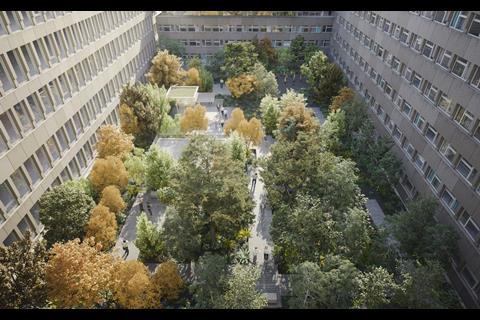
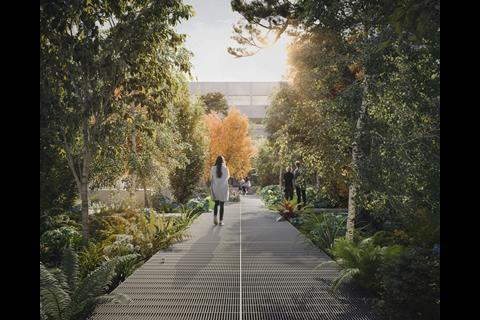
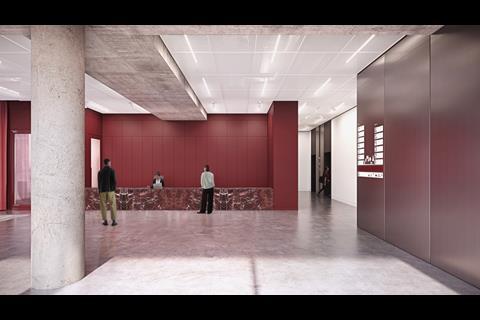

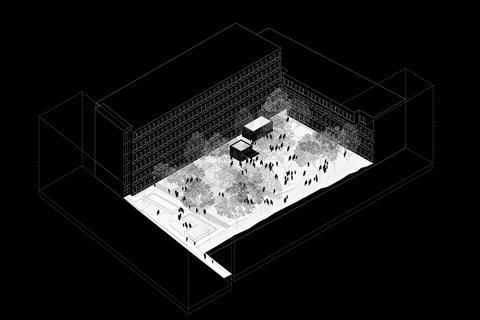
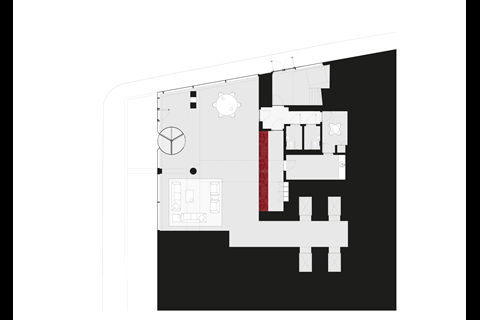
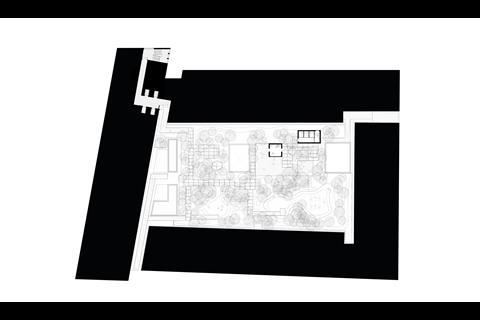
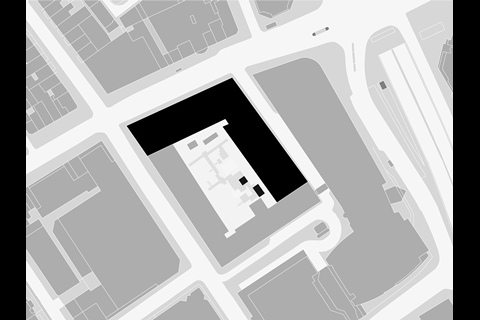








1 Readers' comment